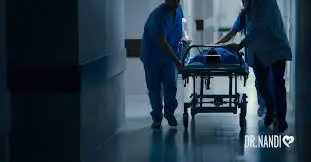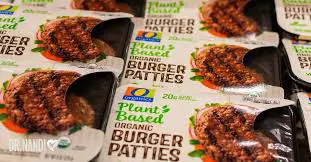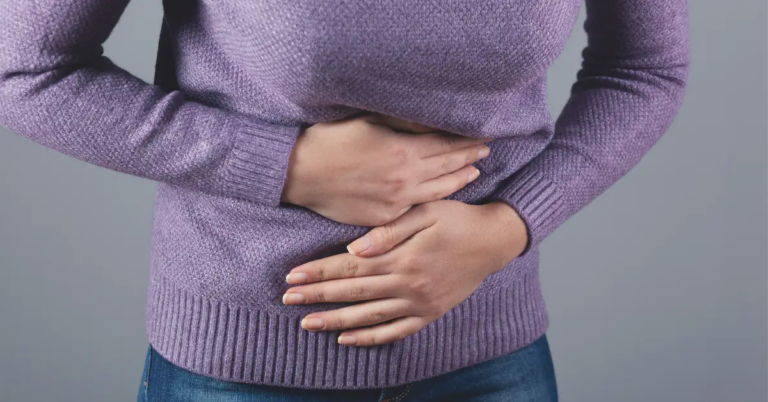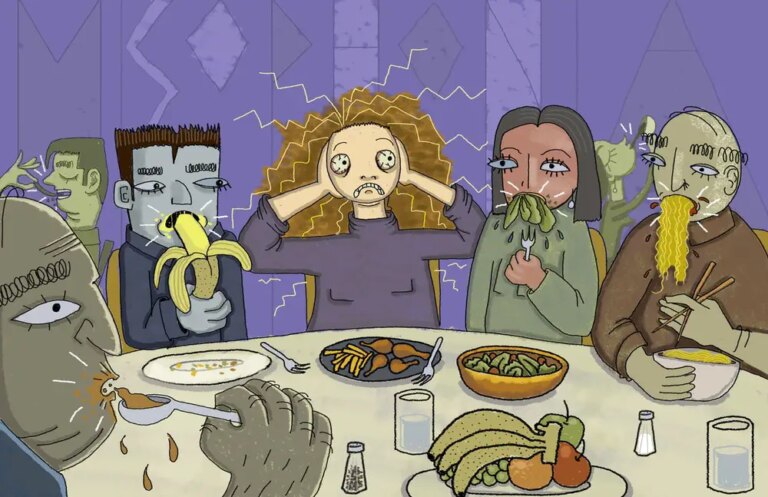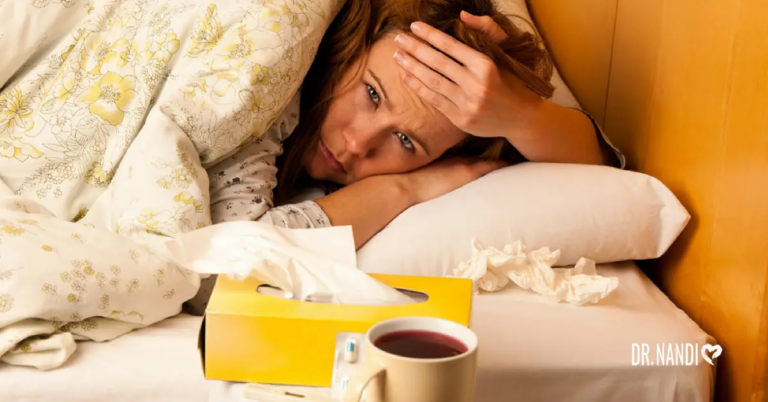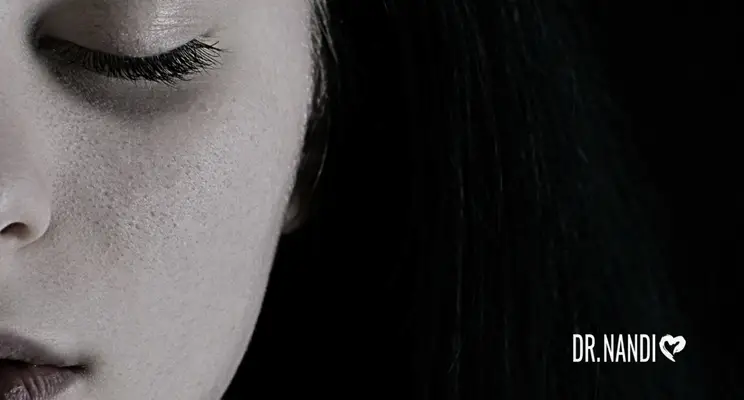Stroke is a medical emergency that happens when there is an interruption of blood supply to the brain.
Stroke is an issue that is specifically close to my heart. My father and #Hero, Dr. Uma Nandi was a wonderful man, a brilliant polymer chemist, cook, singer, husband, father, and grandfather. He was a true renaissance man. Ten years ago he suffered a devastating stroke that changed his life and shook our entire family. I’ve made it my mission to educate our planet about strokes.
Recognizing the signs of a stroke is crucial in order to get medical help and appropriate treatment as soon as possible. Let’s discuss what a stroke is and what its major symptoms are.
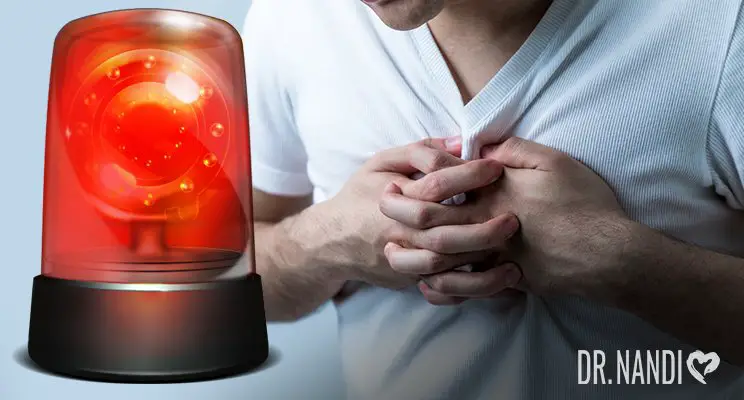
What Is A Stroke?
A stroke is a medical emergency. It is a “brain attack” and it can happen anytime, to anyone.
Strokes happen more frequently than you may think. Someone has a stroke every 40 seconds and every four minutes someone dies from it! About 800,000 people experience a stroke each year. Some people experience recurrent strokes. It is the 5th leading cause of death and the leading cause of disability in the US.
A stroke happens when the blood flow to your brain is cut off. This deprives your brain cells of necessary oxygen and they rapidly begin to die off. Different parts of your brain control different abilities. A stroke may end up affecting your memory and muscle control.
How someone is affected by a stroke greatly depends on where the attack occurred, how much damage it caused and the treatment received. Some people only end up with minor issues, such as temporary muscle weakness, whereas others may become paralyzed on one side, lose their speaking abilities, develop emotional problems, experience changes in behavior, memory loss, pain, or numbness.
Recovery depends on the individual as well. About two-thirds of stroke survivors end up with some form of a lifelong disability, while others completely recover.
Types of strokes:
- Ischemic stroke: This accounts for almost 80 percent of all strokes. Ischemic stroke is caused by an artery clot or other blockage en-route to the brain.
- Intracerebral Hemorrhage: This type of stroke happens if there is a sudden rupture of an artery in your brain.
- Subarachnoid Hemorrhage: This type of stroke is also caused by a sudden rupture of an artery in the area between the brain and the tissues that cover the brain.
A transient ischemic attack (TIA) is not a type of stroke, but an event that mimics stroke-like symptoms. It happens when the brain stops for a short period of time. It may only last for a few minutes. A TIA may be a sign that a major stroke is coming. You still need to seek immediate medical help even if you are experiencing a TIA.
Since strokes are life-threatening and can happen to anyone at any time, it is essential to know the symptoms and what to do to get life-saving medical help and proper treatment as soon as possible. (1, 2, 3, 4)
13 Symptoms Of A Stroke You Need To Know
Major symptoms of a stroke:
- Sudden numbness or paralysis; most often in the face or an arm or leg on one side of the body; one arm may fall or your smile becomes a droopy half smile
- Trouble speaking; experiencing slurring your words and confusion
- Trouble understanding; having difficulty understanding speech and experiencing confusion
- Sudden and severe headache without a reason; it may be accompanied by vomiting, dizziness and altered consciousness
- Trouble seeing in one or both eyes; blurred or blackened vision or seeing doubles are all warning signs
- Trouble walking; experiencing loss of balance or coordination or sudden dizziness
Less frequent symptoms that appear more in women:
- Sudden nausea or vomiting without a reason
- Sudden hiccups
- Brief loss of consciousness or fainting
- Sudden face pain
- Sudden limb pain
- Sudden shortness of breath
- Sudden chest pain
If you notice someone having a stroke, follow the “FAST” method:
- Face: Ask the person to smile and check if you notice a facial droop on one side.
- Arms: Ask them to raise both arms and check if one drifts downwards.
- Speech: Ask them to say a simple sentence and check for slurred speech, garbled words, or confusion.
- Time: If you notice any, even minor, signs of a stroke, call 911 immediately. (1, 2, 3, 4)
Stroke Or Something Else? How To Tell The Difference
As you see, strokes have various symptoms. Some of these symptoms may be similar to other conditions, such as MS, seizures or even migraines. Strokes are a serious life-threatening condition. Don’t wait and don’t try to figure it out yourself. If it’s a stroke, immediate help is crucial.
Call 911 and ask for medical help. Your doctors can determine whether you are having a stroke or not through appropriate examination, testing, and imaging such as CT and MRI scans. (5, 6)
What To Do If Someone Is Having A Stroke
- Call 911 immediately! Do not hesitate or wait to see if symptoms go away. If it’s a stroke, the patient needs immediate medical attention. The sooner the help comes, the higher the chances of survival and recovery. Do not drive anyone who may be having a stroke or if you may be having a stroke yourself. An ambulance is much faster and the EMS staff is trained to provide appropriate treatment until you reach the ER.
- Call 911 even if symptoms disappear. You may be having a TIA, which only lasts for a few minutes. It is a warning sign that a major stroke may be on its way.
- Let the paramedics know when the symptoms appeared to help them determine what drugs they can use.
Risk Factors
Risk factors for stroke include lifestyle, medical and other factors, including:
- Being overweight or obese
- Lack of physical activity
- Smoking
- Heavy and/or binge drinking
- High blood pressure
- High cholesterol
- Obstructive sleep apnea
- Diabetes
- Heart disease
- Family history of a stroke or heart attack
- Age over 55
- Being African-American
- Being male
- Using hormonal birth control or hormone therapies (4)
How to Prevent Stroke?
Through appropriate lifestyle changes, you can prevent having a stroke. If you’ve had a stroke in the past, your doctor may prescribe medication.
Ways to prevent stroke:
- Controlling blood pressure
- Eating a healthy diet rich in greens, vegetables, and fruits
- Lowering cholesterol and saturated fat in your diet
- Managing stress
- Regular exercise
- Maintaining a healthy weight
- Controlling diabetes
- Quitting tobacco
- Avoiding illegal drugs
- Drinking moderately or avoiding alcohol completely
- Treating obstructive sleep apnea
- If you’ve had a stroke, preventative medications such as anti-platelet drugs and anticoagluants (4)
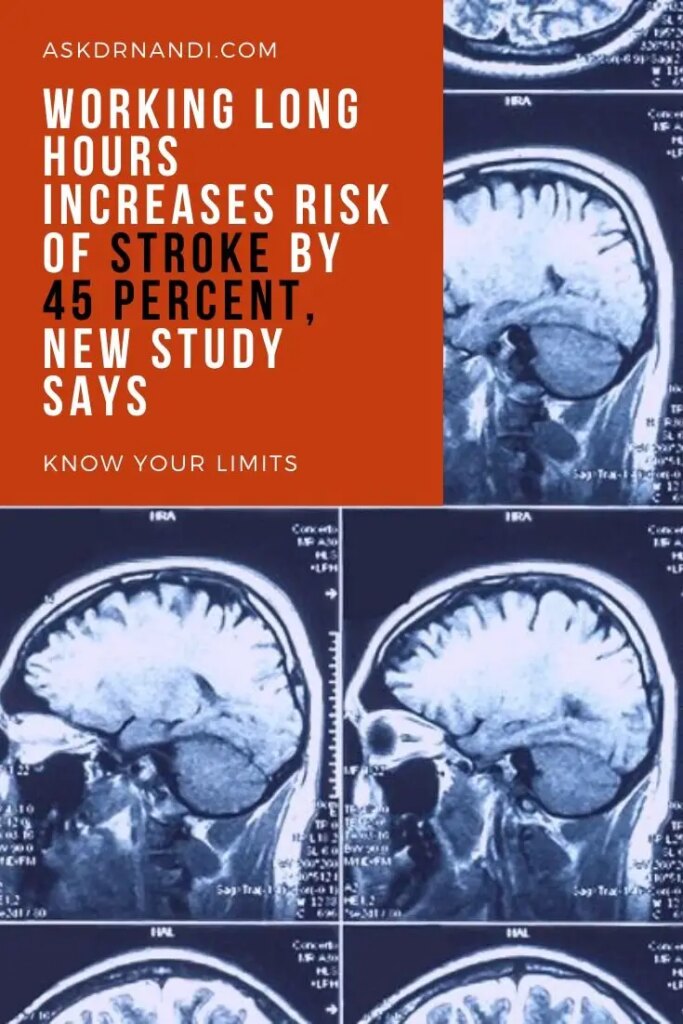
Conclusion
A stroke is a serious issue and a medical emergency. Thankfully, there are excellent treatment options and prevention methods. Understanding what a stroke is, knowing the warning signs, and knowing what to do if someone is having a stroke are all crucial to winning the battle with stroke. Spread this article among your friends and family to know what to do.
Did you find the information in the post useful? What other conditions would you be interested in learning about on our blog? Comment below.
References
- http://www.stroke.org/understand-stroke/what-stroke
- http://www.strokecenter.org/patients/about-stroke/what-is-a-stroke/
- https://www.webmd.com/heart-disease/stroke#1
- https://www.mayoclinic.org/diseases-conditions/stroke/symptoms-causes/syc-20350113
- https://www.webmd.com/stroke/conditions-that-look-like-stroke#1
- https://www.mdedge.com/jfponline/article/63808/cardiology/it-stroke-or-something-else



